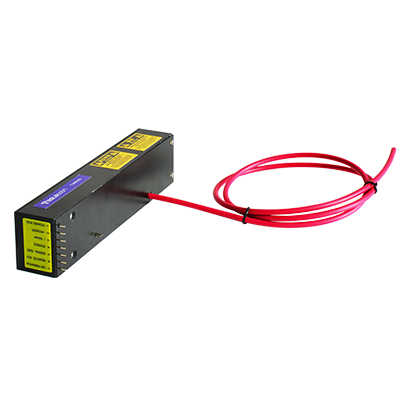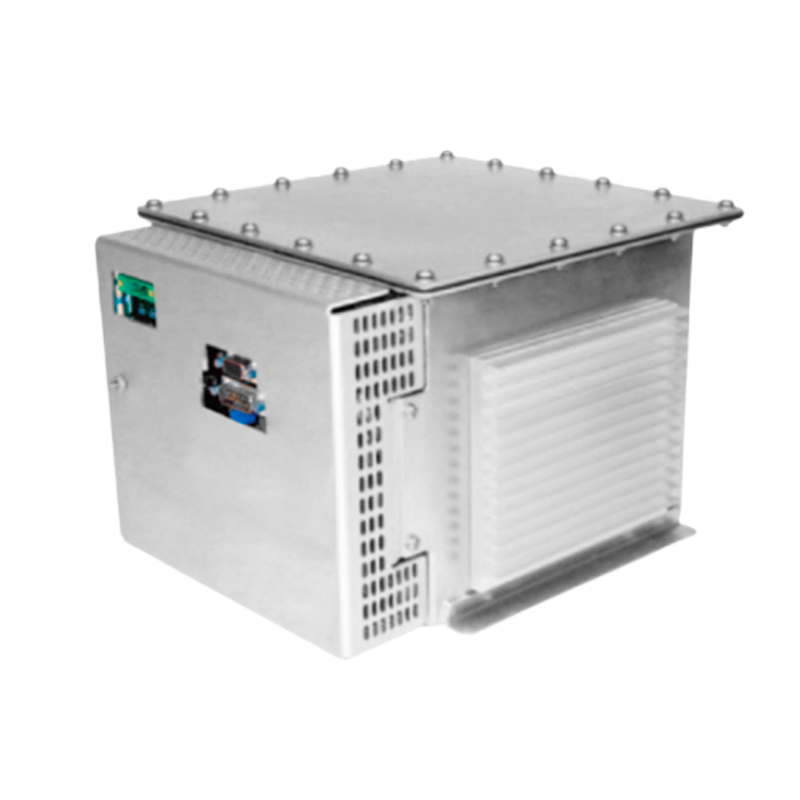Core Applications and Breakthroughs of High-Voltage Power Supply Technology in EUV Lithography Light Sources
Extreme Ultraviolet (EUV) lithography, pivotal for semiconductor manufacturing at sub-7-nm nodes, relies on efficient and stable 13.5 nm light sources. High-voltage power supply technology serves as a key enabler, precisely controlling plasma formation and excitation to advance EUV sources toward higher power and stability.
I. Core Role of High-Voltage Power in Plasma Generation
EUV sources primarily adopt two technical paths: Laser-Produced Plasma (LPP) and Discharge-Produced Plasma (DPP). Both depend on high-voltage power for pre-ionization and main-pulse excitation:
Pre-Ionization Stage:
Low-voltage pre-pulse power (current: 10–50 A, pulse width: 3–10 μs) partially ionizes xenon (Xe) gas to generate low-valence plasma (+1 or +2 state). This stage ensures moderate plasma density, laying the groundwork for energy transfer.
Main-Pulse Excitation Stage:
high-voltage pulse (current: 25–40 kA, pulse width: 100–180 ns) applies Lorentz force to compress plasma toward the axis (Z-pinch effect), forming high-temperature, high-density plasma (density: 10¹⁹ cm⁻³). Xe ions are further ionized to +10 state, radiating 13.5 nm EUV light during energy-level transitions.
II. Key Technological Breakthroughs and Innovations
Multistage Pulse Compression:
three-stage magnetic pulse compression network sharpens microsecond pulses into nanosecond high-voltage pulses (half-width: 120 ns), increasing the current rise rate to 10¹² A/s. This ensures rapid plasma compression to a critical radius (~300 μm) for efficient EUV radiation.
Shared Electrode and Cooling Systems:
An innovative shared electrode integrates the main-pulse anode and pre-pulse cathode, reducing loop inductance. Dual-path water cooling channels dissipate heat from electrode ablation (peak current: 15.6 kA), extending source longevity.
Synchronization Control:
Nanosecond-level delay precision between pre-pulse and main-pulse signals is achieved via trigger units. This synchronizes plasma entry into capillaries with high-voltage loading, enhancing plasma stability and EUV output.
III. Challenges and Future Directions
Debris Mitigation:
Electrode ablation in DPP sources generates metallic debris, contaminating optics. Solutions include argon environments, magnetic filters, and embedded Wolter-I multilayer mirrors to minimize debris reaching optical interfaces.
Efficiency Enhancement:
Current DPP conversion efficiency (3–5%) lags behind industrial LPP (up to 6%). Research focuses on gas mixtures (e.g., Xe/He/Ar) to boost radiation power while maintaining plasma stability.
Solid-State Power Integration:
Next-generation semiconductor switches (e.g., SiC MOSFETs) replace traditional thyratrons, enabling higher repetition rates (>10 kHz) and compact power modules, driving DPP miniaturization and lower power consumption.
IV. Conclusion: Synergistic Innovation Value
High-voltage power technology dictates EUV source performance through energy transfer efficiency and temporal precision. Advances in pulse compression, thermal management, and semiconductor devices are propelling DPP sources toward high power (>250 W) and low debris, offering a viable path to circumvent LPP patent barriers. Future success hinges on synergistic optimization with optics (e.g., low-loss mirrors) and vacuum environments, marking the next frontier in industrial-scale EUV lithography.




















